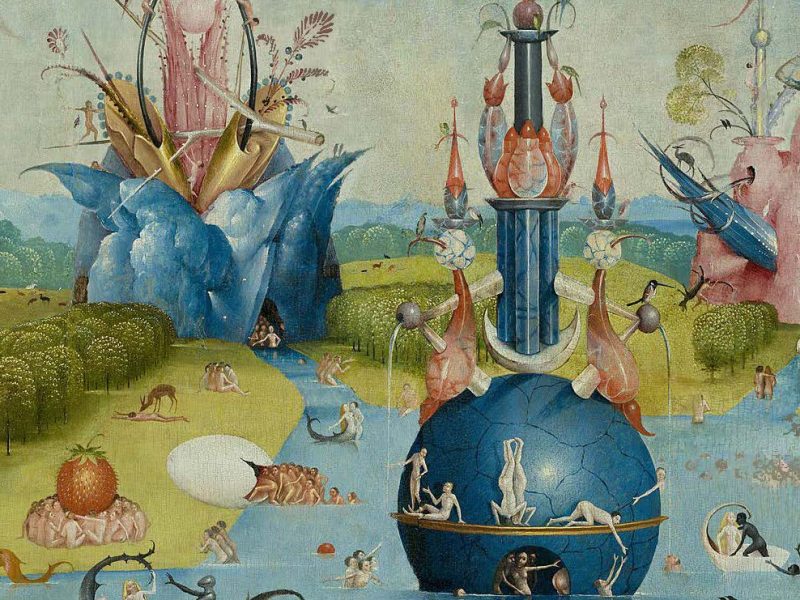Multispecies Correspondence
Watery Design Speculations for the Planetary
Teaching
During this semester you are invited to (re/un)design material urban devices (e.g. apparatus, infrastructure, building ensembles) and their rituals that allow for correspondence between urban bodies of water in Berlin and beyond. These design speculations situated in specific hyrdo-stories ripple out from watery sites along the Panke, Landwehk and Teltow canals and make fluid connections with riparian correspondents in São Paulo, Brazil.
Urban design has always referred to both the product and creative processes of planning and organising Modern infrastructure of urban spaces: roads, buildings, grids and the like. Here, we suggest that the notion of correspondence invites us to speculate on what Judith Butler calls “radical interdependence” – between watery bodies, both human and nonhuman that flow between and leak across all sorts of boundaries, spaces, and scales.
In contrast to Modern modes of design and planning shaped by rigid binaries and hard borders, with the fluid concept of correspondence you will investigate the possibilities of a relational decentred design approach that celebrates, amongst others, feminist practices of repair, healing, justice, and care-full criticality. To navigate this passage towards a more critical spatial design practice fit for what Dipesh Chakrabarti amongst others refers to as the “planetary”, you will be guided by the question: “What does it do to the possibilities for future urban space to rethink spatial design as a mode of correspondence between urban bodies of water in a planetary age?”
All students who are interested are welcomed to come to the first meeting:
Thursday, 19th of October, 10.00 – 18.00
A 816
Team CUD: Prof Jörg Stollmann, WM Jamie-Scott Baxter
Image: Bosch, Hieronymus. The Garden of Earthly Delights. 1490. Prado, Madrid
